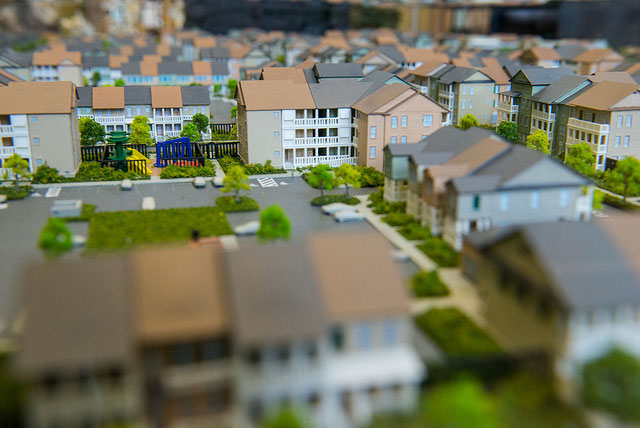More people staying longer in federally assisted housing strains ability to serve families, study finds

LAWRENCE — People are staying in federally assisted housing for about six years, up from the average of 4 1/2 years 20 years ago, which is straining the federal rental assistance program's ability to serve families with children, according to a University of Kansas researcher.
 "We're seeing people staying in affordable housing longer, and that's not a good sign," said Kirk McClure, professor of urban planning in the KU School of Public Affairs & Administration. "Affordable housing was always meant to be temporary housing, especially in helping someone until they can get back into gainful employment and a more healthy lifestyle."
"We're seeing people staying in affordable housing longer, and that's not a good sign," said Kirk McClure, professor of urban planning in the KU School of Public Affairs & Administration. "Affordable housing was always meant to be temporary housing, especially in helping someone until they can get back into gainful employment and a more healthy lifestyle."
As part of his recent study published in the journal Cityscape, part of the U.S. Department of Housing & Urban Development's Office of Policy Development and Research, McClure said one of the most significant trends he found was the elderly now staying for about nine years in federally assisted housing.
While it has become a critical piece to help a vulnerable population, such as the elderly or people with disabilities, he said, the changes shed light on other vulnerable people the system might no longer have the capacity to serve, especially young children.
"The number of families with children we are helping is contracting over time, not because the need isn't there, but we simply don't have enough of it to help them. That is the scary part of that," McClure said. "We act like we have this safety net, and this safety net is less viable than what it was 15 years ago."
The recent trend of serving more and more elderly for longer periods of time makes it likely that families with children are experiencing higher levels of housing instability.
"The more a child experiences moving from one house to another, the lower their performance in school, the lower their social bonding and access to health services," McClure said. "They are likely not living in the same neighborhood, so they don't establish important linkages with services, which could mean children with special needs are going unserved. Families also could be experiencing higher levels of food insecurity."
Another difficult factor is that rental rates on the private market have risen faster than inflation nationally since the mid-1990s, and researchers and some policymakers worry that if these trends on the lack of affordable housing continue, they could create an urban environment similar to tense times in the 1960s that included riots.
"We have a situation that's bad and getting worse," McClure said.
He said while the Trump administration and a Republican majority in Congress make it unlikely to pursue large-scale changes in funding for affordable housing programs, McClure said some potential policy solutions that could be part of future discussions include either raising the minimum wage to give low-income renters access to another level of housing options or expanding the use of federal housing vouchers.
"We need to make better use of this voucher approach, which is less expensive and gives families more flexibility," he said.
Photo credit: U.S. Department of Housing and Urban Development.